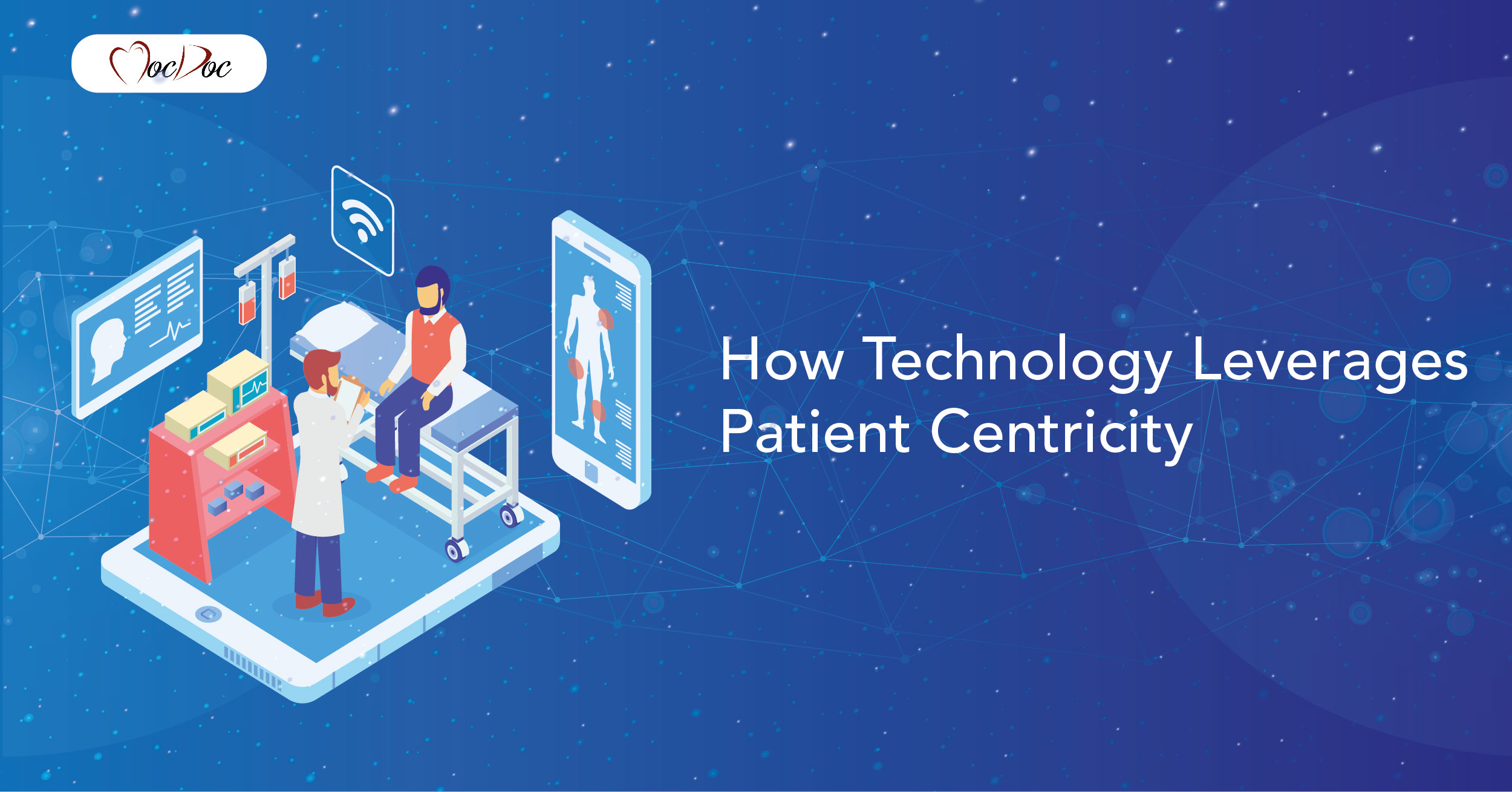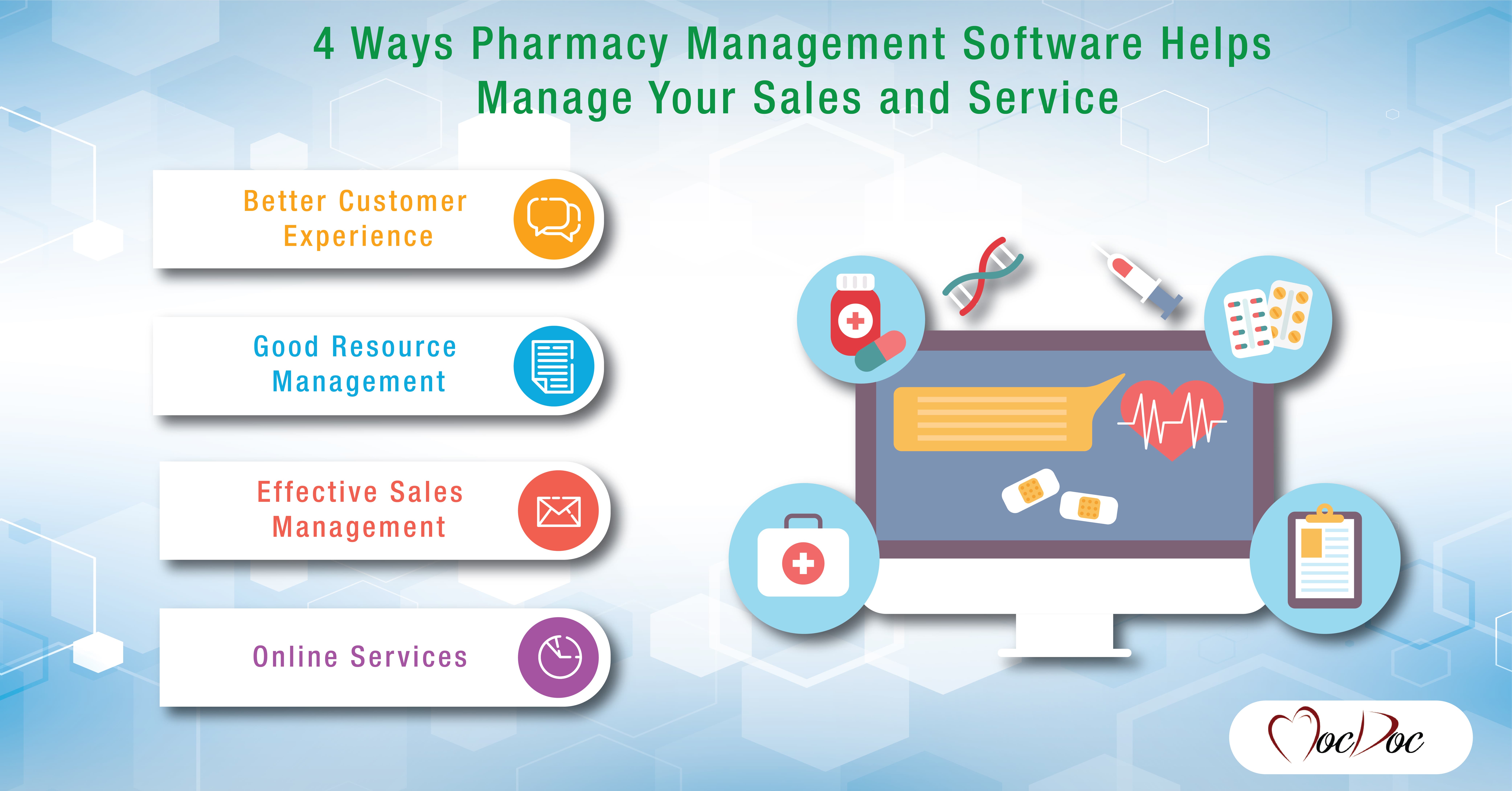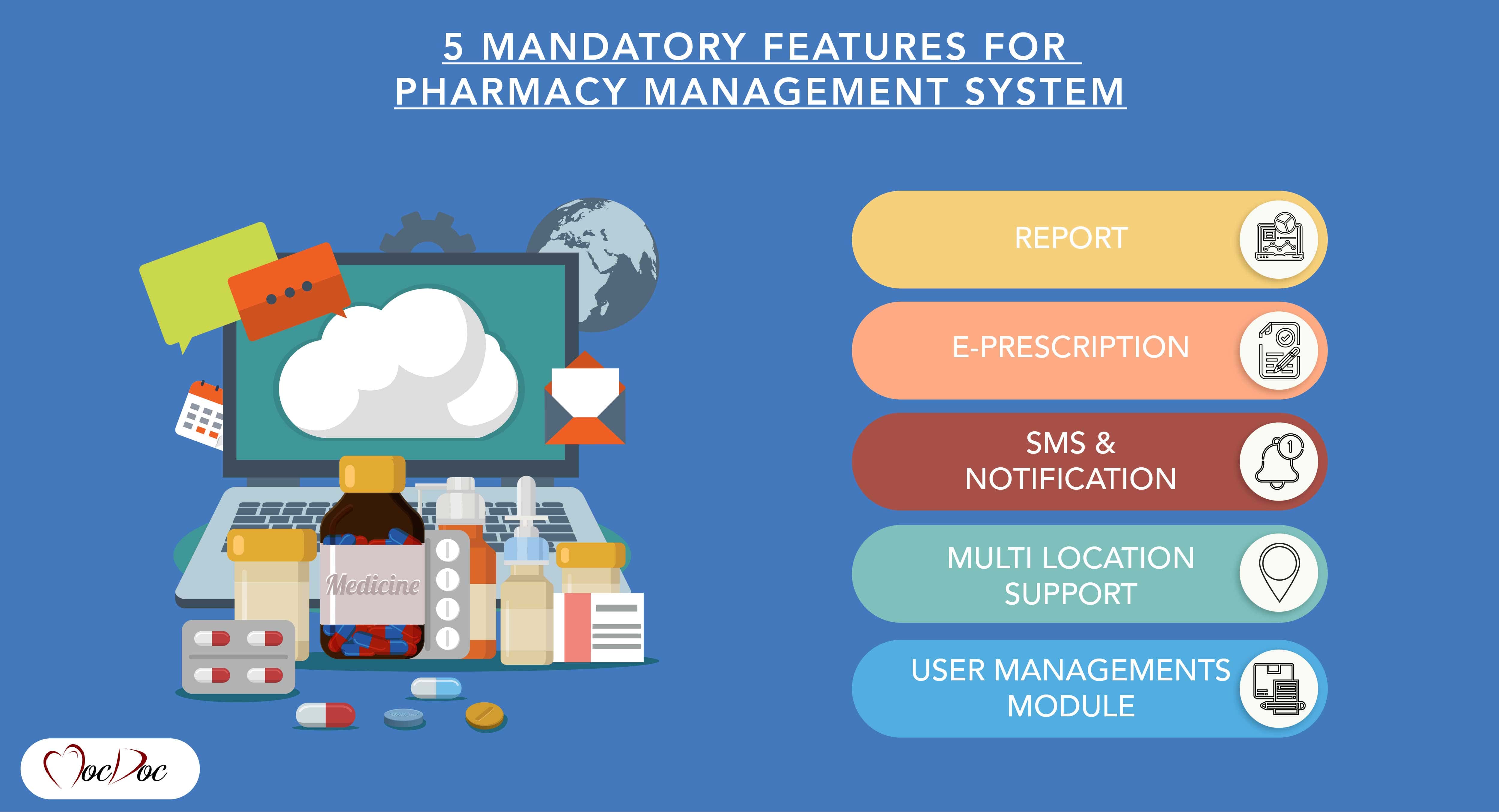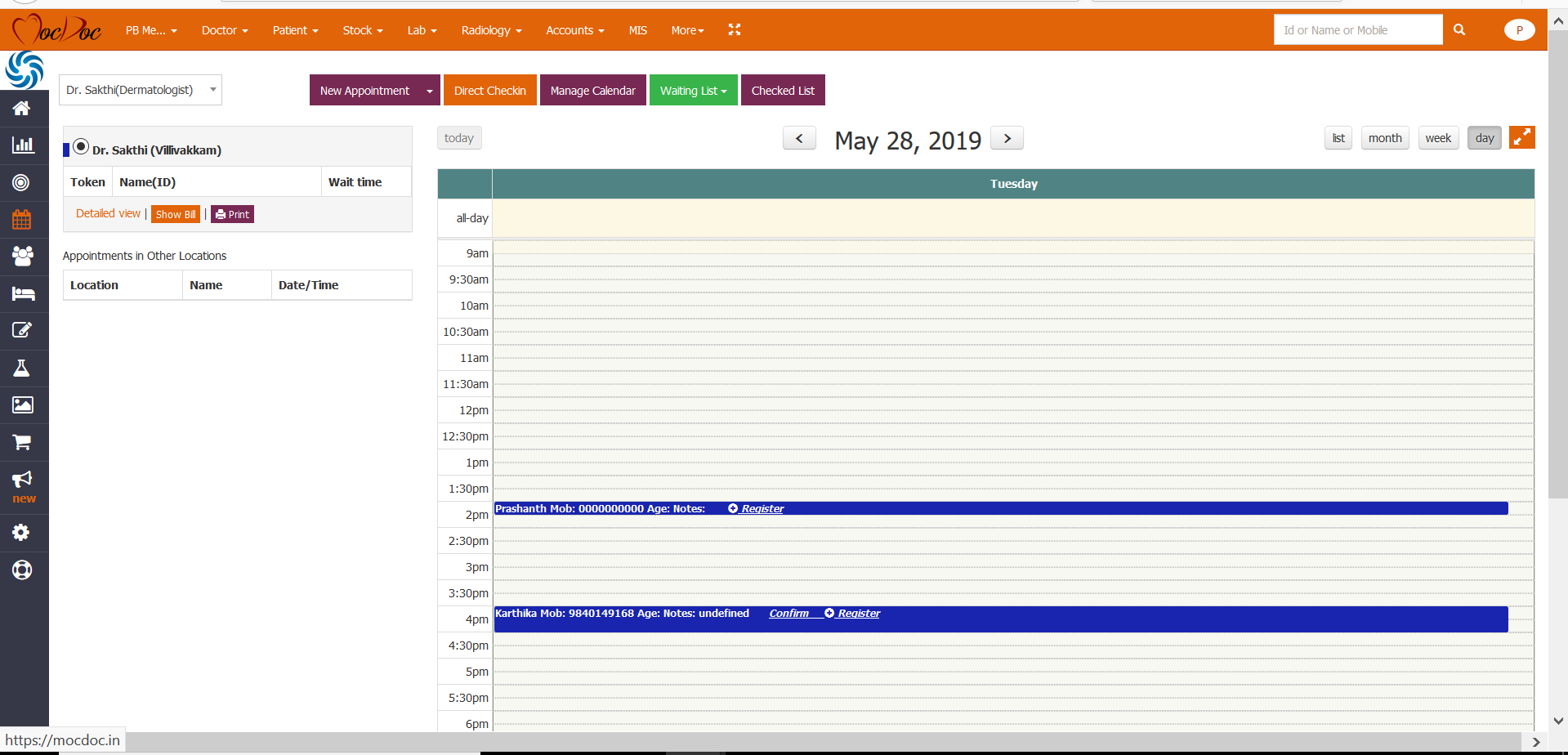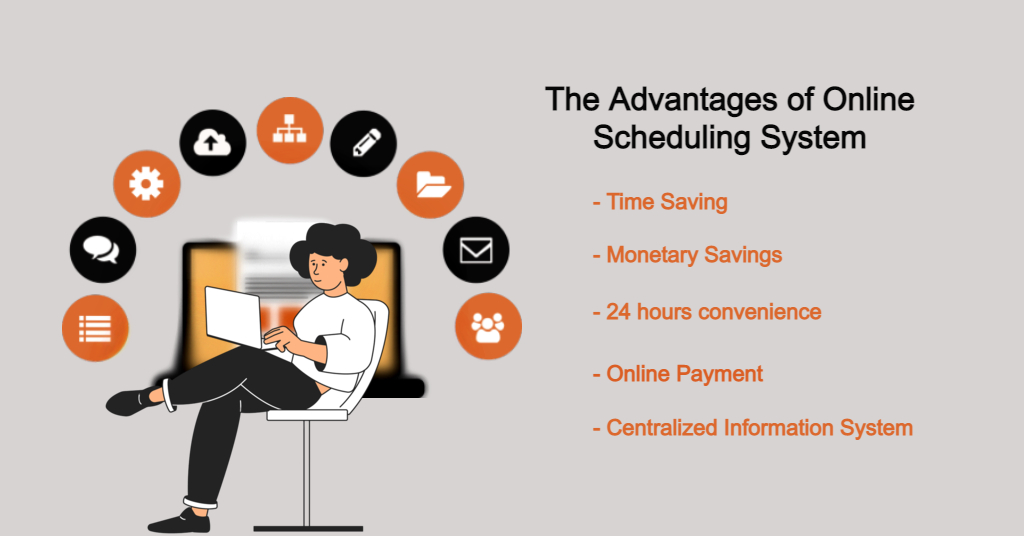MocDoc's Offerings
Introducing Ayushman Bharat Digital Mission-compliant MocDoc Services
Published By
Preethi
2023030918:11:18
Category Healthcare
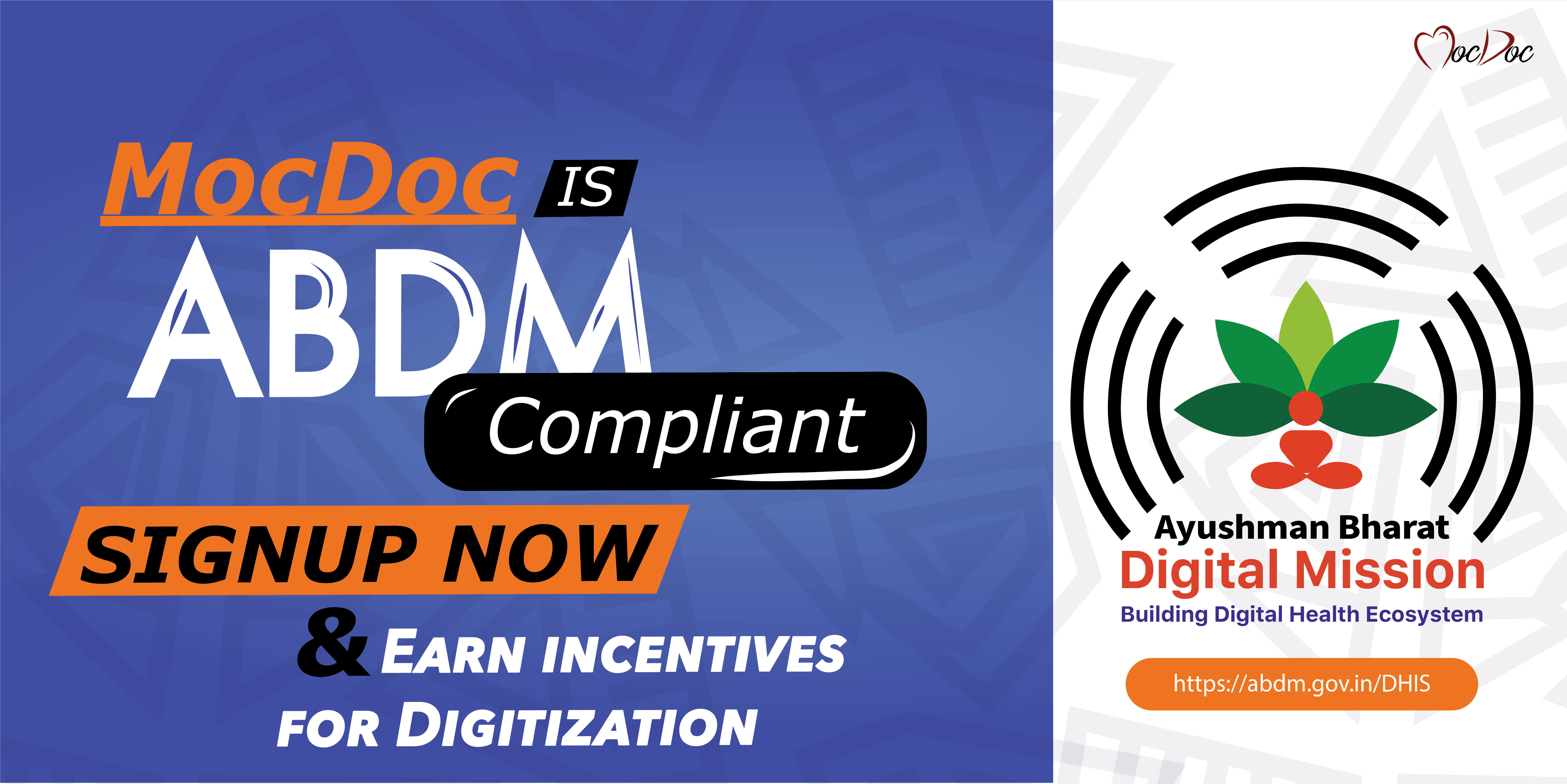
Ayushman Bharat Digital Mission (ABDM)
The Ayushman Bharat Digital Mission (ABDM) is a commendable initiative launched by the Indian government under the National Health Authority (NHA). Its primary objective is to establish a fully integrated healthcare system that caters to the needs of citizens across the country. By digitizing health records, ABDM serves as a crucial intersection for healthcare providers and patients, enabling seamless access to necessary healthcare services, regardless of their location or circumstances. Its ultimate goal is to provide individuals with the required health assistance they need to lead healthy and productive lives.
The objectives of having an integrated health ecosystem
Healthcare is a factor that is of high priority, making it vital to have an unbeatable system in place to keep it organized. This initiative aims to extend digitization throughout the healthcare industry to provide the highest quality of care to the public. This is realized by bridging the gap between the various entities in the healthcare industry, that are involved in providing services.
A few ideas that ABDM focuses to attain are as follows
● To establish a completely streamlined personal health record system with great accessibility for all users.
● To offer national portability of healthcare services.
● To encourage healthcare professionals to use the Clinical Decision Support system.
● To improve healthcare management from the analytics derived.
MocDoc software now supports ABDM
The ABDM-integrated system operates using the Ayushman Bharat Health Account (ABHA) number, which serves as a unique identifier for users accessing healthcare services. The ABDM integrated system consists of several essential features, including:
Creating ABHA accounts: The ABDM system facilitates the easy registration of patients by completing and verifying their ABHA accounts.
Developing Health Information Provider (HIP) services: This involves implementing a system capable of securely sharing digital health records among healthcare providers.
Developing Health Information User (HIU) services: The ABDM system enables patients to access and utilize their health records with their consent.
Benefits of using an ABDM integrated management system
Health records are essential for facilitating the sharing, maintaining, and accessing of healthcare information. A digital solution aims at improving the efficiency, effectiveness, and transparency of health service delivery. Here are a few benefits of using ABDM-integrated software for healthcare facility management
● Preserving Digital Health Records
● Integrating longitudinal health records
● Efficient access to patient’s health records
● Easy doctor discovery
● Instant OPD registration
● Remote healthcare services like teleconsultation and e-pharmacy
MocDoc is a cloud-based digital platform that offers software-as-a-service (SaaS) solutions for healthcare facilities. As an ABDM-compliant service provider, we take great pride in contributing to the advancement of digital healthcare services across the nation.
Related Articles
How Technology Leverages Patie...
Imagine the following scenarios: An electroca..... Read more
4 ways Pharmacy Management Sof...
In recent years, medical stores have transformed f..... Read more
5 mandatory features for a pha...
The Pharmacy Management system otherwise referred ..... Read more
Benefits of an Online Appointm...
Exploring The Benefits of Online Appointment Syste..... Read more
